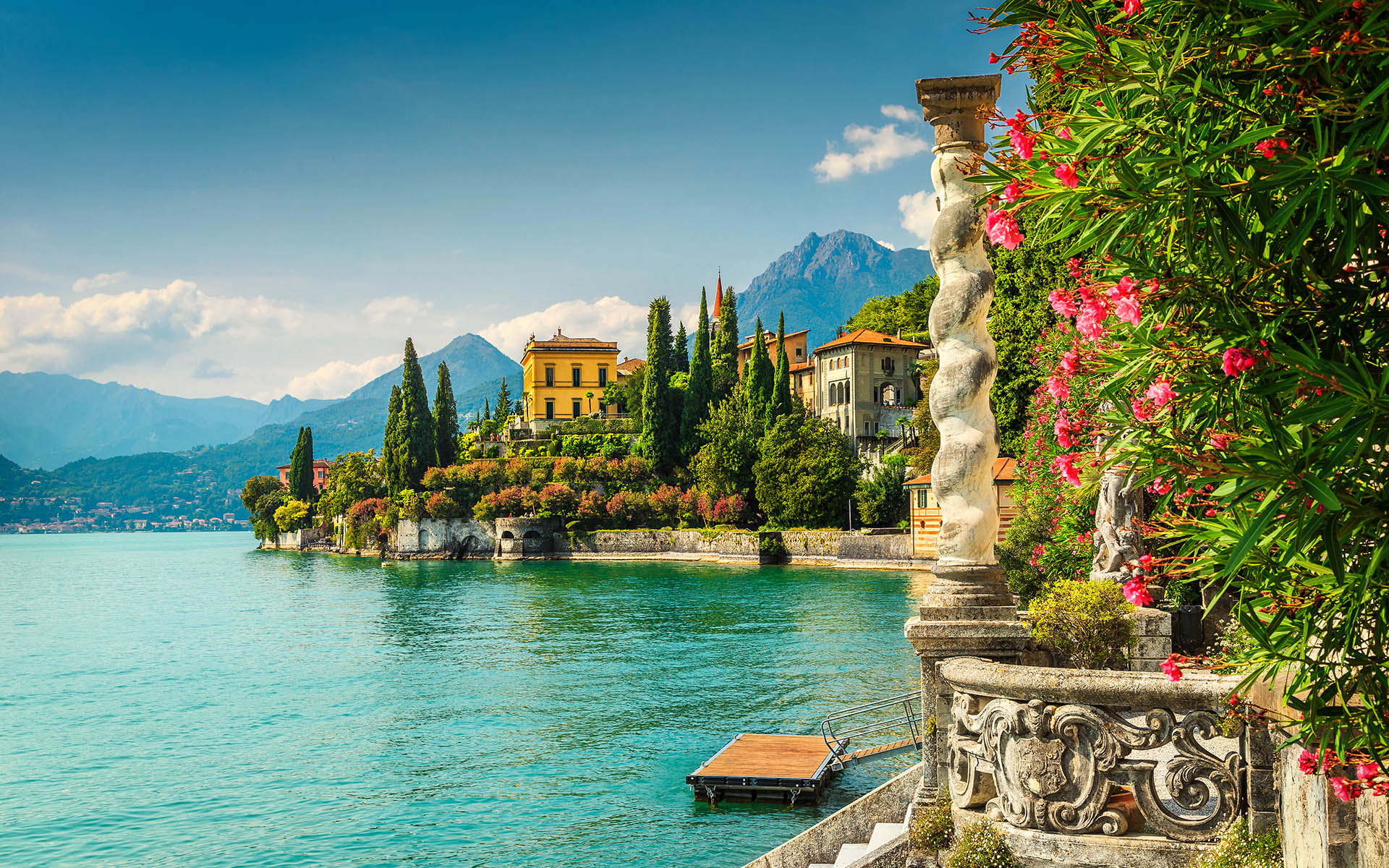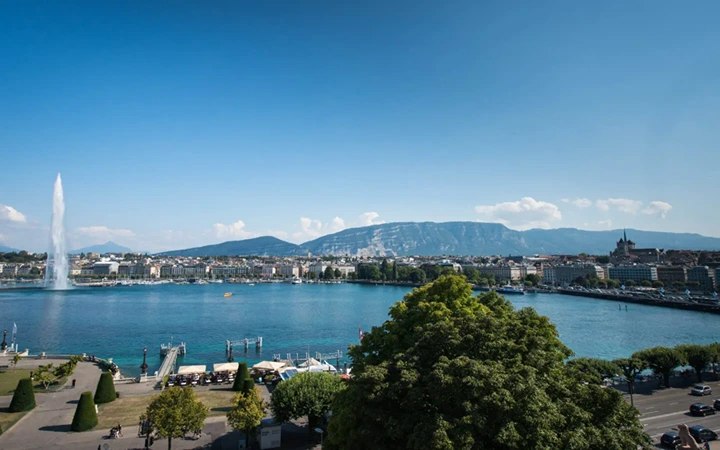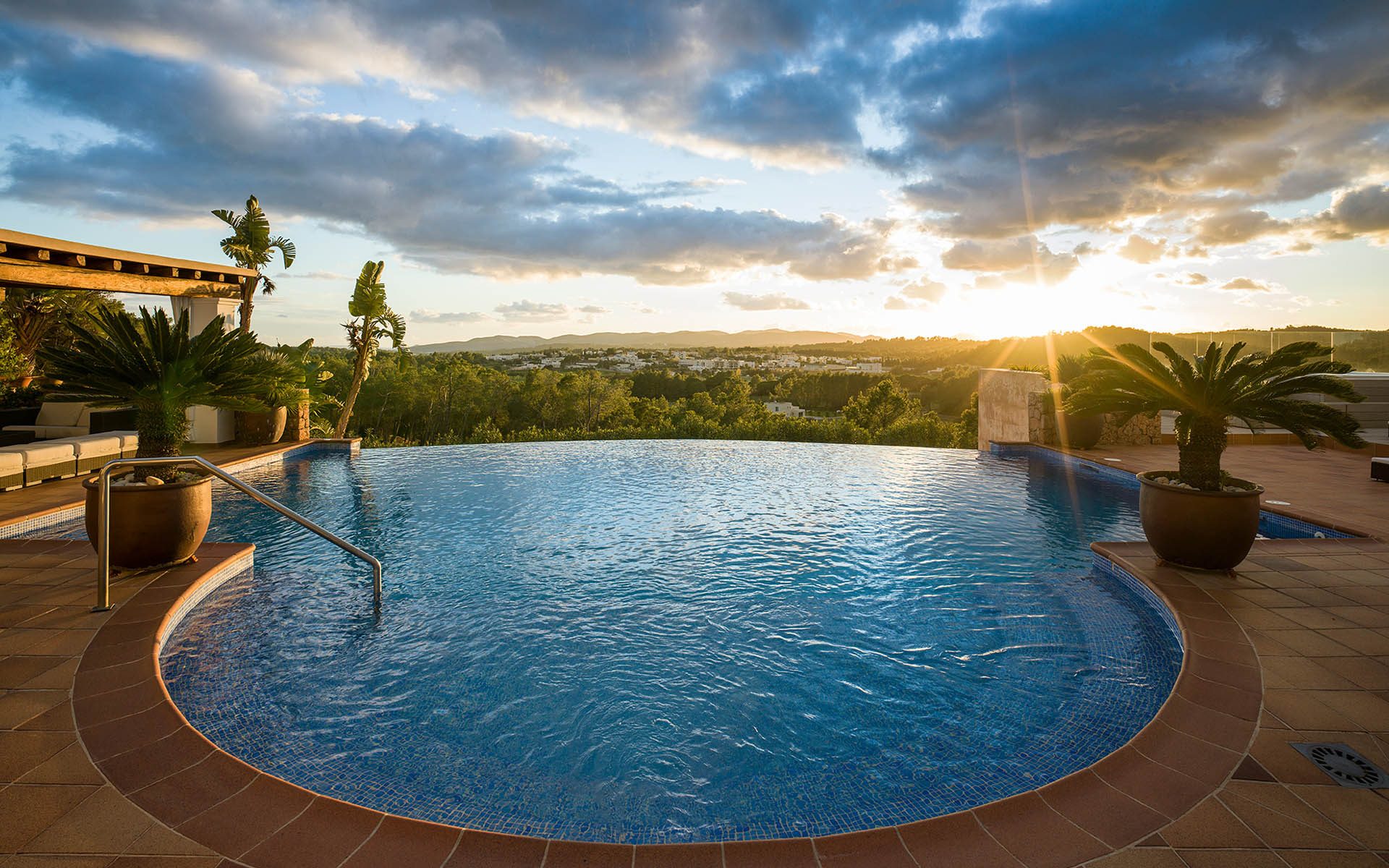Are you considering a luxury holiday?
Our team has over 50 years luxury travel experience
We can find the perfect luxury property for you
Book a Call Enquire OnlineBY - Tim Latimer , 22 August 2019 - VIEW ALL ARTICLES
At Firefly Collection we know that the best ski holidays are not just about what happens on the slopes but the entire ski experience, from cosying up in your luxurious chalet to enjoying the après-ski activities in your resort. Another important element of the ski experience for many is the ski fashion.
Ski style has changed dramatically over history and as we enter a new year we thought it would be fun to look back on the iconic ski fashions from each decade. In our new illustrative series ‘Cold Couture’ we have sketched the iconic ski styles through the 1910s to the 2000s –including the formal wear of 1910, the sleek and stylish 60s, and the bright neon 80s.
Have a look at our illustrations below to find out more about the iconic ski fashions of each decade.
1910s

Ski fashion in the early 1900s through the 1910s certainly prioritised style over practicality. Prior to the early 1900s ski was primarily dominated by men, and the early female ski fashions show that women’s skiwear was an unchartered territory. Women’s skiwear consisted of long skirts, heavy coats and a stylish if extraneous hat. During this time all skiers only used one ski pole.
1920s
The 1920s ski fashion is both iconic and momentous, and reflects the wider fashions of the era. The impact of WWI influenced women’s fashion at this time, and the tunic and breeches common with the British Land Girls translated over to ski styles as well. It became the norm for women to wear trousers for skiing, though wearing trousers for everyday activities was still considered scandalous. Generally, ski fashion moved towards functionality over formality, with increased comfort and easier mobility being prioritised. In 1924 the first Winter Olympics further encouraged a move towards practical skiwear.
1930s
In the 1930s the introduction of ski lift and rope pulls began the advent of downhill skiing, and this newly popular style of skiing influenced upon the ski fashions of the time. A need for ‘aerodynamic’ skiwear was introduced with skiers looking for tighter clothing which would allow for quicker and easier downhill movements. Tailored jackets were cinched in at the waist, while trousers moved towards a slimmer fit. A pointed hat finished off the look, in-keeping with the wider hat style of the era. Garments continued to be made of thick wool, but experimentation with waterproof clothing began.
1940s
In the 1940s the 2-piece ski outfit continued to evolve, with a greater array of colours and patterns being utilised. Hats were often replaced with a more stylish headscarf, which was a popular fashion for women of the time, along with a greater popularity of large-framed sunglasses. Meanwhile, manufacturers continued to look towards prioritising functionality and warmth.
1950s
In the 1950s manufacturers began experimenting with fabrics which were lighter while still retaining heat. The heavy wools of previous decades started to get left behind, and ski garments became lighter and much more fitted. Polyester was introduced in 1953 allowing for the production of ski sweaters, which wear affordable for the wider recreational ski market which took off during this decade. The oversized and quirky sunglasses remained a popular accessory.
1960s
The sleek and stylish 60s brought an era of glamour to the slopes. Fashion took its cues from the sophisticated Hollywood stars of the time, such as Audrey Hepburn. Black was the colour of choice, along with other muted shades. Trousers were slim-fit while elegant cape jackets and sleek ‘snoods’ topped off the look, along with an elegant pair of dark wide-frames sunglasses. Away from the high-fashion styles, spandex was invented in the 1960s starting the production of the ski fashion to come.
1970s
In the psychedelic 70s the groovy vibes of the dancefloors took to the slopes as well, with bright colours, bold patterns and fake fur decorating the garments of the time. Ski trousers were influenced by the popular flares of the era, while the most notable ski garment of the fun-loving 70s had to be the platform moonboots. By the 1970s, wool was all but eliminated from ski garments entirely, with synthetics being used instead to create skiwear which crossed over into streetwear.
1980s
Perhaps the most iconic era of all? The 80s brought neon colours, geometrical patterns and big hair. Onesies and bib overalls were a hot trend, while stretch pants and patterned anoraks were also commonplace. It really was a case of the brighter, the better in the 1980s.
1990s
The neon colours of the 80s continued into the 90s, with ski fashion in this decade remaining a bright affair. The crop top was a classic garment of 90s fashion, and this trend was taken to the slopes along with high-waisted leggings. To a modern-eye the 90s fashion didn’t differ massively from the 80s, but at the time the sleeker hairdos and slightly tamer patterns appeared to be a move towards a more sophisticated style.
2000s
The 2000s was a move towards the typical skiwear popular today. The neon colours were replaced with pastels and muted greys and blacks. The practical 2-piece outfits returned with fitted trousers and warm jackets, topped with stylish hats and sunglasses. The era certainly moved towards a more relaxed and sleek look than that of the 80s and 90s. Faux fur became a popular choice again, adding that touch of glamour for those who were looking to share their ski snaps on their social media – a phenomenon which started taking off towards the end of this decade.
Looking back on ski fashions over history, it is interesting to see how the ski style relates to the trends and culture of the era – influenced by societal attitudes, current events, celebrities and the manufacturing of new materials. Who know what the future of ski fashion holds next?
Planning your next ski holiday? Have a look at our luxury ski chalets.
Written by
Tim has been immersed in the travel industry for over 20 years. Tim is the owner and founder of Firefly Collection, a luxury holiday accommodation booking agent.
 Best Alpine Resorts to Visit in Summer
Best Alpine Resorts to Visit in Summer
 The Best Chalets in Val d’Isere
The Best Chalets in Val d’Isere
 The Best Ski Chalets In The World
The Best Ski Chalets In The World
 How to Find a Villa or Chalet for a Luxury Holiday
How to Find a Villa or Chalet for a Luxury Holiday
 Defining the Best Luxury Ski Chalets: Now and in the Future
Defining the Best Luxury Ski Chalets: Now and in the Future
 The Best Swimming Pools In Europe With Amazing Views
The Best Swimming Pools In Europe With Amazing Views
 The World’s Best Countryside Villas
The World’s Best Countryside Villas
 The Best Chalets in Tignes
The Best Chalets in Tignes
 Where to Stay on the Amalfi Coast
Where to Stay on the Amalfi Coast
 Guide: When’s best to book a luxury villa or ski chalet?
Guide: When’s best to book a luxury villa or ski chalet?
 Spotlight on: Lake Como
Spotlight on: Lake Como
 The Best Beach Villas in the World
The Best Beach Villas in the World
 Why Visit Sardinia?
Why Visit Sardinia?
 Guide: What makes a luxury ski chalet “family-friendly”?
Guide: What makes a luxury ski chalet “family-friendly”?
 Why Visit Majorca?
Why Visit Majorca?
 Why Visit Mykonos?
Why Visit Mykonos?
 Best of: Ski resorts for spring skiing
Best of: Ski resorts for spring skiing
 The Top 5 Closest Ski Resorts to Geneva Airport
The Top 5 Closest Ski Resorts to Geneva Airport
 Geneva Luxury Holiday Guide
Geneva Luxury Holiday Guide
 Switzerland Luxury Summer Holidays Guide
Switzerland Luxury Summer Holidays Guide
 Marbella Luxury Holiday Guide
Marbella Luxury Holiday Guide
 Majorca Luxury Holiday Guide
Majorca Luxury Holiday Guide
 Ibiza Holiday Guide
Ibiza Holiday Guide
 Spain Luxury Holiday Guide
Spain Luxury Holiday Guide
 Algarve Luxury Holiday Guide
Algarve Luxury Holiday Guide
 Portugal Luxury Holiday Guide
Portugal Luxury Holiday Guide
 Umbria Luxury Holiday Guide
Umbria Luxury Holiday Guide
